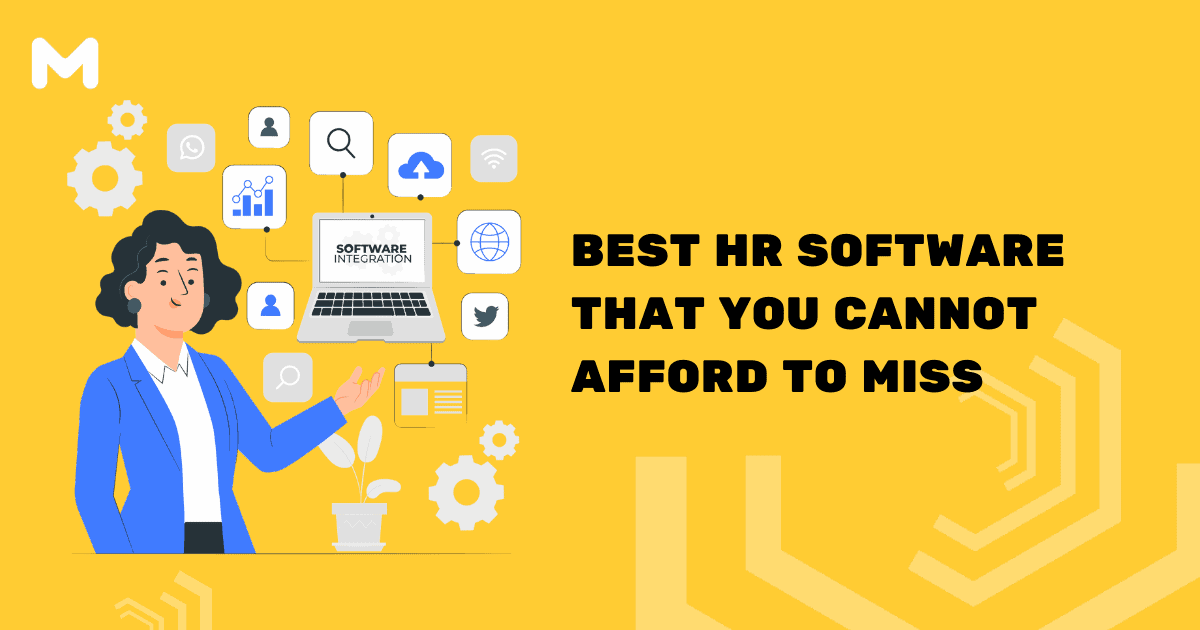Reading Time: 3 minutes
There are many things businesses can do to make the workspace the best it can be. With so many competitors around and with the gig economy attracting more and more people, every business should seriously consider how to attract and keep the best employees long-term.
Of course, there are no one-size-fits-all approaches, but if you don’t offer certain perks, don’t hope to lure creative people. Plus, you must always engage your team, so that you can avoid burnout at all costs!
Pick the Best Hybrid Work Model That Works for Your Business
First and foremost, your business should offer flexibility, which starts with offering different modes of work.
Take a look at the six common hybrid work models to get a better idea of what flexibility means to employees nowadays:
- Partially remote work, with flexible office space – no permanent offices; rented flex space used for periodic collaboration (but not connectivity)
- Almost entirely on premises – limited remote work, large office space the majority of managers and workers
- Partially remote work, multiple hubs – multiple offices with the workforce dispersed among them
- Partially remote work, large office space – the majority of managers and workers spend most, but not all, of their time at the office
- Almost entirely off premises – mostly remote work with no office space
- Multiple microhubs – management and employees are dispersed across small microhubs located in different cities (or countries, depending on the scope of your business operations)
Basically, you should keep in line with the trends and offer your employees a chance to organize their private lives while keeping them engaged in their work life. Yes, it is possible and no, the quality of work won’t suffer.
Businesses are competing against a formidable opponent: the gig economy. More and more people are ditching traditional office jobs for a chance to enjoy freedom for once by picking the gigs that suit them at the terms that suit them.
Empower Leaders and Talents
Next on, talents are in high demand these days, and so are leaders. As opposed to traditional managers who rely on obsolete methods that give them unparalleled power, leaders seek to inspire others and come across as being equal with them.
Talents stand a good chance of becoming stellar leaders, but that doesn’t mean that all talents are actually interested in such a career path.
Regardless, it is important to attract people with these unique skill sets and empower them so that they can make a difference and propel your business forward in the process.
The catch-22 is that talents look beyond high salaries. Certainly, they won’t work for peanuts (who will?), but a good salary won’t be sufficient to keep them if your business isn’t providing them with challenges.
Above all else, talents just love to use their brains to come up with their own methods and solutions and they should well be encouraged to do exactly that!
Ensure Continual Education by Using Positive Training Methods
Another catch that you should be aware of early on is that not all employees will or can perform on the same level. New hires need to be trained, so don’t skip onboarding training! The same applies to transfer hires.
While you will have a difficult time finding an employee who isn’t looking forward to a promotion, take care how you deliver the education needed for your employees to reach their goals.
This basically means that you should pay particular attention to information overload that is omnipresent from the moment we wake up all the way to our dreams.
Offer a range of courses delivered by flexible methods, but serve them in smaller chunks. Also, rely on eLearning so that employees will be able to learn at their own pace.
Offer Tailored Promotions
Listen to employee feedback. With so many career branching opportunities that remote work brings, you should make sure your business is on the same page. Don’t stubbornly stick to established promotion packages; rather, create tailored ones that will suit each employee.
Implement the Latest Tech
Last but not least, businesses hoping to remain competitive simply have to offer the latest tech. Nowadays, it’s not optional — it’s long since become a norm.
Think beyond your remote teams, too!
Actually, the best approach is to educate and empower your managers first and then apply a top-to-bottom approach.
The latest management trends include, but are not limited to:
- IoT for asset management
- Cloud-based software for remote work
- Artificial intelligence for business automation
- Inventory management software for supply chains
Key Takeaways
As you can see, employees have become spoiled! No, really, with remote work, the gig economy, freelancing and digital nomadism, traditional businesses need to go the extra mile to remain competitive by offering something unique.
Or, rather, more than one unique perk.
Be vigilant!
Keep up to date with current trends, update your training materials, listen to employee feedback, and offer the latest tech.
Lastly, adjust your hybrid work model to suit the changes and allow your employees to grow alongside your company.










